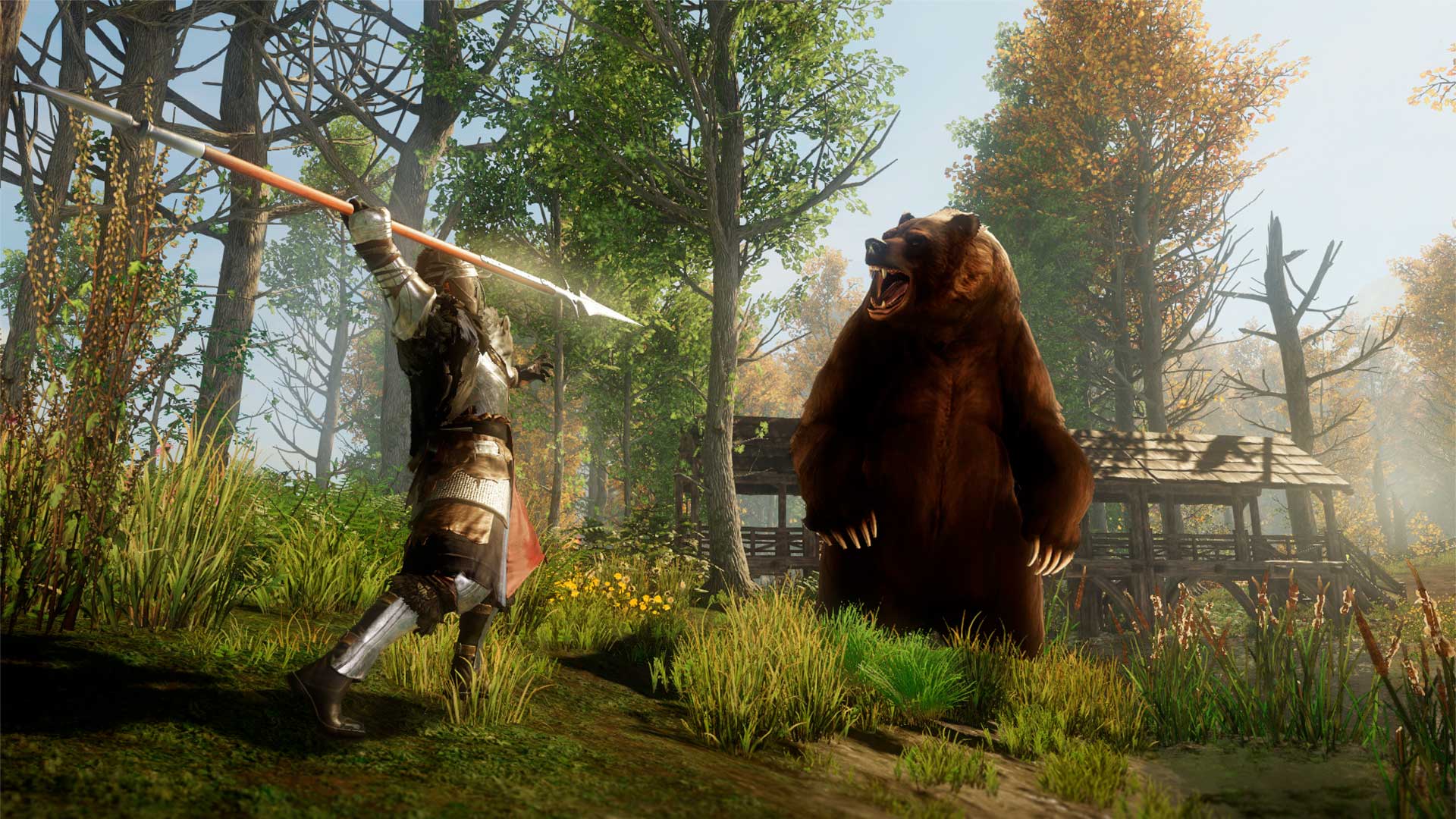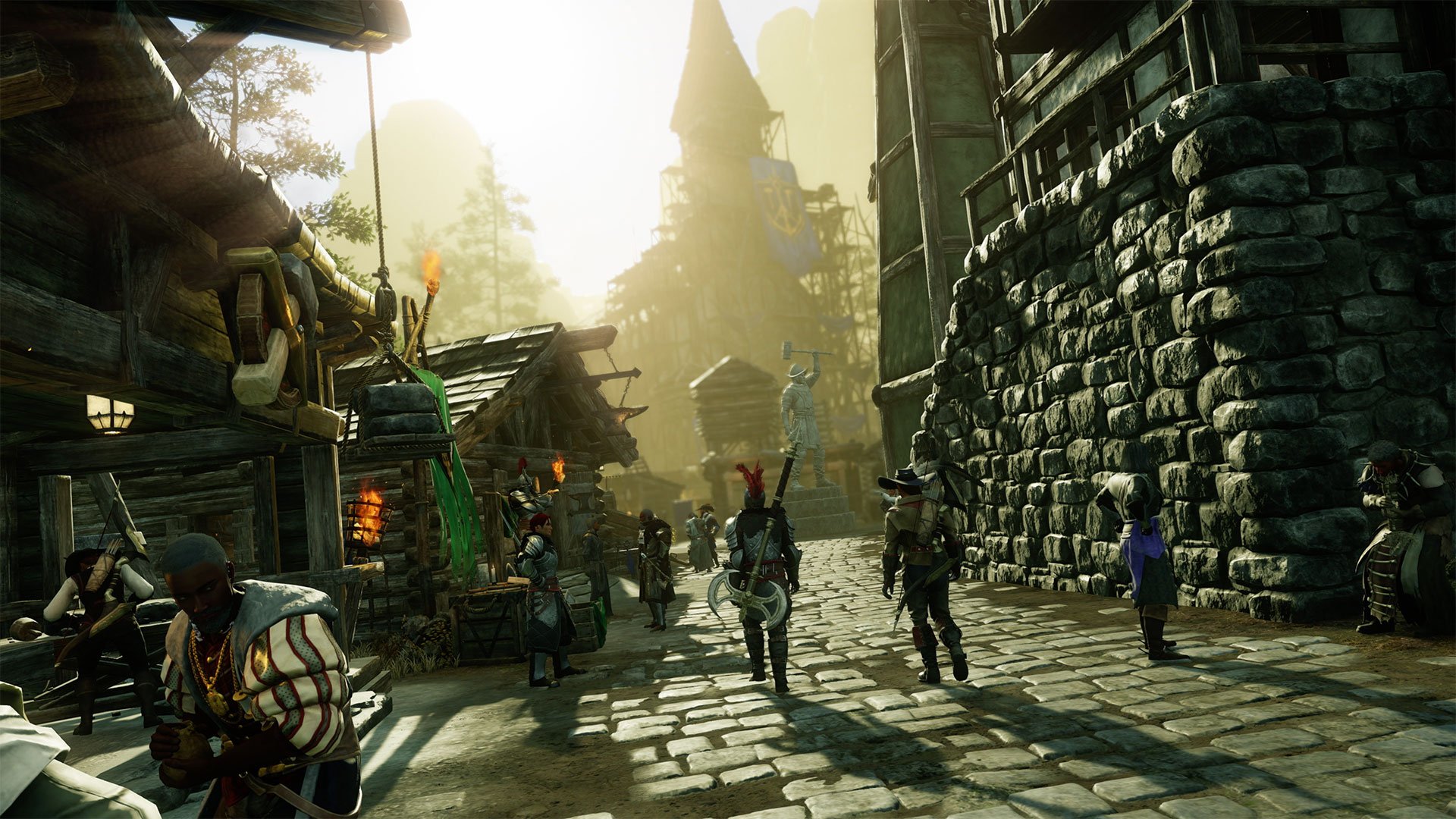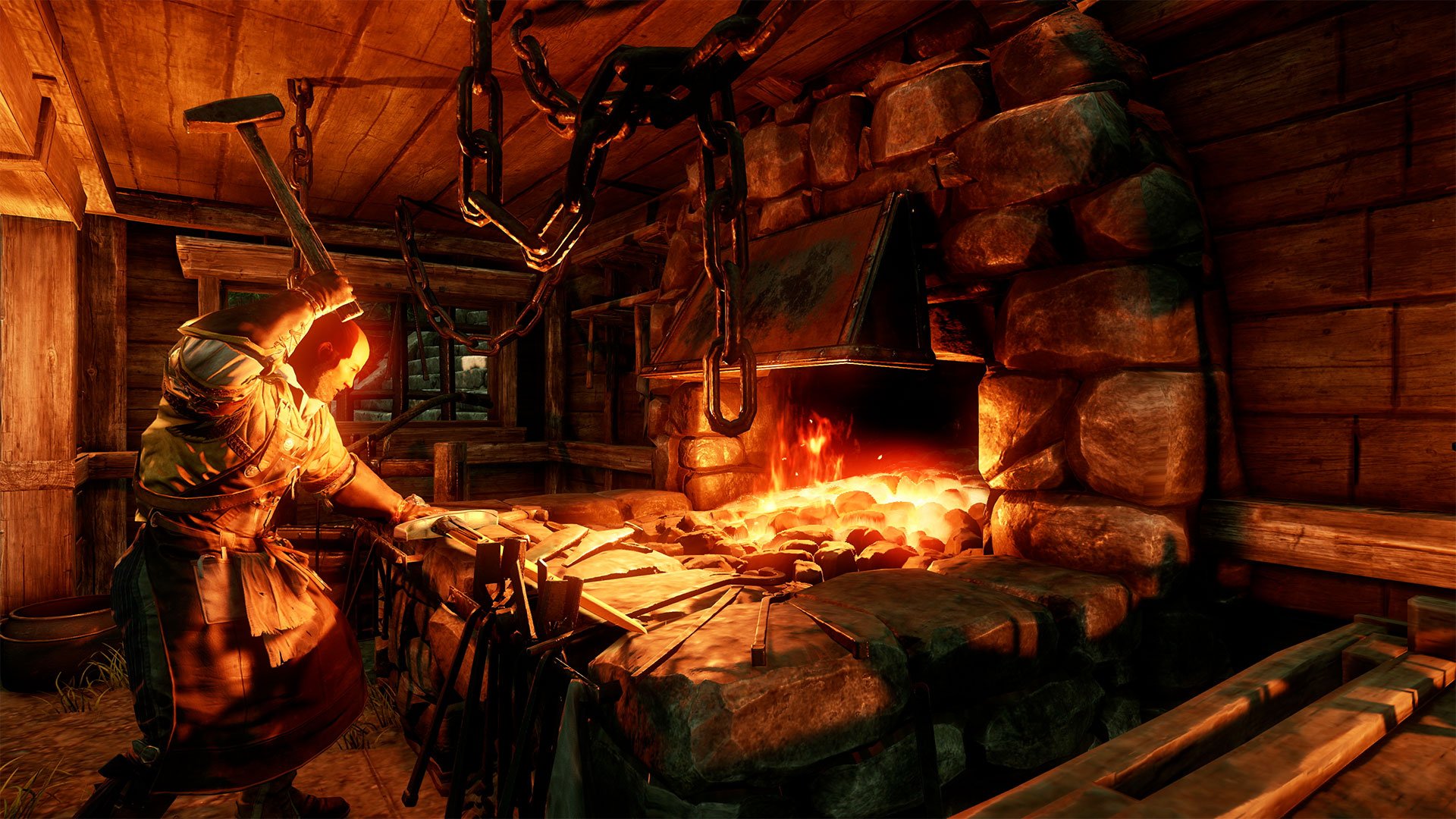New World crafting guide: Gathering, skills, and more
Learn the tricks of the trade.

Crafting is generally a pretty big part of the MMO experience, but in New World, crafting is more effective and valuable than ever before. With enough patience, players can create incredibly powerful pieces of gear that rival much of the loot that's obtained through completing Expedition dungeons or fighting in PvP wars. However, New World's crafting system is also a bit more complicated than what you'll find in other games, meaning that some players may struggle a little with figuring it out.
With that in mind, we've created a guide that goes over everything you need to know about New World's crafting system, including the full process of gathering materials, refining them, and then using them to craft food, weapons, armor, and more.
New World crafting: Gathering
The first step in New World's crafting process is to gather raw materials in the open world. This includes wood, stone, flint, iron ore, hemp plants, meat, and more. Some of these materials require tools to harvest, which can be made with flint and wood collected from small bushes (better versions can be made later with iron and other materials). Here are each of New World's tools, as well as what they're used for:
- Fishing Pole: Fishing
- Harvesting Sickle: Harvesting plants
- Logging Axe: Cutting down trees
- Mining Pickaxe: Mining rocks and ore veins
- Skinning Knife: Skinning animals
As you gather materials, you'll gain XP for the gathering skill that you're using in that situation. When you level up these skills, you'll gather materials of the same type faster in the future. Additionally, some advanced raw materials require a high level in these skills to collect, so it's important that you level them up. Note that if you're looking to find specific materials, you can do so by checking the Resource Locations section of your world map.
Here's what each of the gathering skills are, as well as what materials they correspond to:
- Logging: Trees and bushes
- Mining: Metal ores and stones
- Harvesting: Plants and herbs
- Tracking and Skinning: Animal hide and meat
- Fishing: Fish
New World crafting: Refining
Once you've gathered raw materials, the next step in the crafting process is to refine them into something that you can craft something with. This process is done at the refining stations you can find in settlements, and the refining station you need to use depends on what kind of material you're trying to refine (note that cooking doesn't require you to refine ingredients). Here's a breakdown of each refining station:
- Smelter: Metal ores
- Woodshop: Wood
- Loom: Fibers
- Tannery: Animal hide
- Stonecutting Table: Stones
While refining raw materials, you'll get XP for a refining skill that corresponds with the type of material you're working with. Leveling these skills up will allow you to refine raw materials into more advanced components instead of basic ones. Here's an overview of each refining skill:
All the latest news, reviews, and guides for Windows and Xbox diehards.
- Leatherworking: Leather and tannin at the Tannery
- Woodworking: Timber and lumber at the Woodshop
- Stonecutting: Stone bricks and gems at the Stonecutting Table
- Smelting: Ingots at the Smelter
- Weaving: Linen, cloth, and silk at the Loom
New World crafting: Creating gear
The final step of the crafting process is to use your refined materials to create an item that you can use or equip. Like refining, this is done at a settlement workstation. However, instead of using a refining station, you need to use a crafting station. Here's what each of the different crafting stations are, as well as what types of items you can make while using them:
- Forge: Weapons and heavy armor
- Workshop: Home furniture and tools
- Outfitting Station: Light and medium armor, jewelry, bags
- Arcane Repository: Magical weapons and potions
- Kitchen: Food
Every time you create a new item, you'll get XP for a crafting skill that you used to make it. Leveling these skills up will allow you to create better items that have higher stats, and in some cases the gear you make will even come with some unique perks that add a bonus effect (for example, you can make armor that increases your character's Constitution attribute). Here's a look at each crafting skill, and also what types of items they govern:
- Weaponsmithing: Melee weapons and spears
- Armoring: Armor
- Engineering: Spears, ranged weapons, ammunition, and tools
- Jewelcrafting: Jewelry
- Arcana: Staves, Ice Gauntlets, and potions
- Cooking: Food and fishing bait
- Furnishing: Home furniture
Something important to note is that when you're creating weapons and armor, you can influence the gear you make by adding both a Special Resource and Azoth to the recipe before crafting. Special Resources are semi-rare trinkets you can find in the world that allow you to control what kind of bonus perk or attribute bonuses a weapon or armor piece will get when it's crafted. Azoth, meanwhile, will significantly increase the chances that the piece of gear created will have high stats, high attribute bonuses, or a powerful perk.
Using a Special Resource and Azoth together is a fantastic way to ensure that the gear you create is top-notch, and the fact that players have this much control over their creations is one of the reasons why New World has quickly become one of the best multiplayer PC games to play if you're someone who loves to craft.

Brendan Lowry is a Windows Central writer and Oakland University graduate with a burning passion for video games, of which he's been an avid fan since childhood. He's been writing for Team WC since the summer of 2017, and you'll find him doing news, editorials, reviews, and general coverage on everything gaming, Xbox, and Windows PC. His favorite game of all time is probably NieR: Automata, though Elden Ring, Fallout: New Vegas, and Team Fortress 2 are in the running, too. When he's not writing or gaming, there's a good chance he's either watching an interesting new movie or TV show or actually going outside for once. Follow him on X (Twitter).





